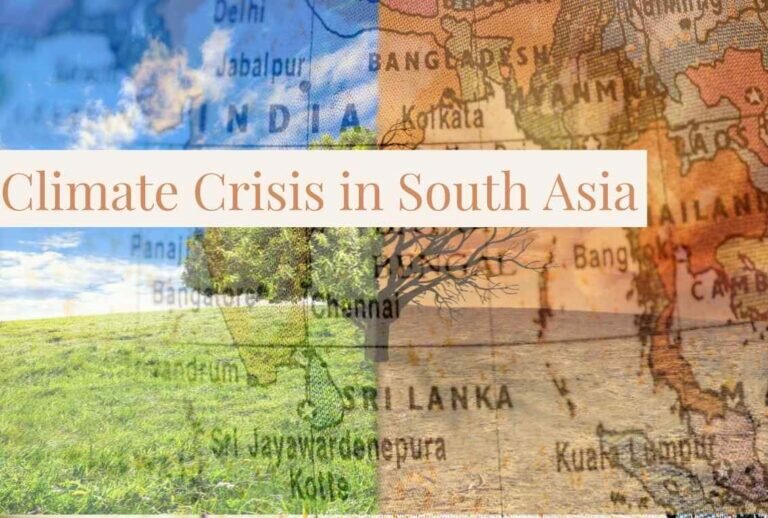Earthquake Safety Information by Japan
Japan is a country that is highly susceptible to earthquakes, due to its location on the Pacific Ring of Fire. It is a zone of frequent earthquakes and volcanic eruptions. As a result, Japan has developed strict building codes and has implemented a range of measures. It has done this to ensure the safety of its citizens during earthquakes. In this article, we will discuss some of the key earthquake safety information that has been developed by Japan. It will be including tips on how to prepare for an earthquake, what to do during an earthquake, and how to stay safe after an earthquake.
Whether you are a resident of Japan or a visitor to the country, it is important to familiarize yourself with these important safety measures to help ensure your safety in the event of an earthquake.
Introduction to Japan’s Earthquake Risk
Japan is home to more than half of the world’s active and dormant volcanoes. As a result, Japan is highly susceptible to earthquakes. The country experiences numerous earthquakes each year. These range in magnitude from small to large. The most common type of earthquake in Japan is the intraplate earthquake. This occurs within the tectonic plates rather than at their boundaries. These earthquakes are typically less severe than earthquakes that occur at plate boundaries. However, they can still cause significant damage.
Also Read: Why Israel is Powerful? How did it become a Technology Startup Nation?
In addition to intraplate earthquakes, Japan also experiences interplate earthquakes. These occur at the boundaries of tectonic plates. These earthquakes can be more severe and can cause more extensive damage.

Preparing for an Earthquake: Steps to Take Beforehand
There are several steps that individuals take to prepare for an earthquake:
- First of all, they learn about their community’s emergency plans and evacuation routes. They already know a plan with their family where to go during an earthquake.
- They assemble an emergency supply kit. This includes enough food, water, and other supplies for at least three days.
- They secure heavy objects in their homes. This includes items such as televisions, bookshelves, and appliances. They do it by using earthquake-resistant brackets or straps to secure these objects to the walls or floor.
- Inspect their home for potential hazards. Look for things like unsecured water heaters, heavy objects hanging from the ceiling, and loose railings. Moreover, they fix any potential hazards they find.
- They learn how to turn off their gas, electricity, and water. This can help prevent fires and other hazards after an earthquake.
- Familiarize themselves with safe places to take cover during an earthquake. These include under a sturdy table or desk, in a doorway, or against an interior wall.
By taking these steps, anyone can help reduce the risk of injury and damage during an earthquake.
What to Do During an Earthquake: Safe Practices to Follow
Here are some safe practices people follow during an earthquake in Japan:
- First of all, they stay calm and stay where they are. If they are inside, stay inside and take cover under a desk or table. Turn off their gas and electricity if they can do so safely.
- If they are outside, stay in an open area away from buildings, utility poles, and other structures.
- The people who are in bed, stay there and cover their heads with a pillow.
- If they are in a crowded public place, do not rush for the exits. Stay where they are and take cover.
- Be aware of the possibility of aftershocks. These are smaller earthquakes that follow the main quake and can be strong enough to cause additional damage.
- If they are in a coastal area, be aware of the possibility of a tsunami. If they feel a long, strong earthquake or if they are told there is a tsunami warning, move to higher ground immediately. They do not wait for an official evacuation order.
- People, who are in a car, stop in a safe place and stay inside the car.
- They do not use elevators.
- If they are trapped under debris, do not light a match. Tap on a pipe or wall so that rescuers can locate them. Use a whistle if they have one. Shout only as a last resort, as shouting can cause them to inhale dangerous amounts of dust.
- After the shaking stops, gather their family and loved ones and check for injuries. If they are injured, stay still and wait for help.
By taking these steps, anyone can help reduce the risk of injury and damage during an earthquake.
Also Read: Nuclear Politics in South Asia
Staying Safe After an Earthquake: Tips for Recovery and Relief
Here are some tips for staying safe after an earthquake:
- Check for injuries and provide first aid if necessary.
- Check for damage to your home and make temporary repairs to make it safe.
- Stay away from damaged buildings and areas.
- Listen to the radio or television for updates and follow any instructions from the authorities.
- Be prepared for aftershocks. These are smaller earthquakes that follow the main quake and can be strong enough to cause additional damage.
- If you smell gas or hear a hissing sound, open a window and get everyone out of the building immediately. Then turn off the gas, if you can do so safely.
- Use flashlights instead of candles, lanterns, or matches. These can be fire hazards.
- Avoid using the phone, except for emergencies.
- If you have to leave your home, wear sturdy shoes and clothing.
- Stay with friends or family if possible, or go to a designated emergency shelter if you have no other options.
Also read: Largest Aircraft Hindenburg Crash
Japan’s Building Codes and Earthquake-Resistant Structures
Japan has strict building codes that aim to make structures more resistant to earthquakes. These codes have been developed and updated over the years based on the lessons learned from previous earthquakes. One key aspect of Japan’s building codes is the use of base isolation. It involves installing a layer between the foundation of a building and its superstructure. This layer is usually made of rubber or other flexible material. It allows the building to move independently of its foundation during an earthquake, reducing the amount of stress on the structure.
Other earthquake-resistant measures that are commonly used in Japanese buildings include:
- Structural Dampers: These are devices that are designed to absorb and dissipate the energy of an earthquake, reducing the amount of stress on a building’s structure.
- Reinforced concrete walls: These are walls that are made with steel reinforcement bars to increase their strength and resistance to shaking.
- Steel frames: These are used in place of concrete to create a more flexible structure that can better withstand the forces of an earthquake.
- Diagonal bracing: This is a type of reinforcing used to increase the stability of a building’s structure.
Overall, Japan’s building codes and use of advanced construction techniques have helped to make the country’s buildings more resistant to earthquakes, reducing the risk of damage and collapse.
Also Read: Deglobalization: History and Future
Conclusion
Japan is located in an area of the world that is prone to earthquakes. So, it is important for people living in Japan to be prepared for earthquakes and to know what to do during and after an earthquake. By following the safe practices outlined above and being aware of the potential risks, people in Japan can protect themselves and their families during an earthquake. It is also important to stay informed about earthquakes and other natural disasters, and to follow the instructions of the authorities and emergency responders. By being prepared and staying safe, people in Japan can better withstand the effects of earthquakes and other natural disasters.







